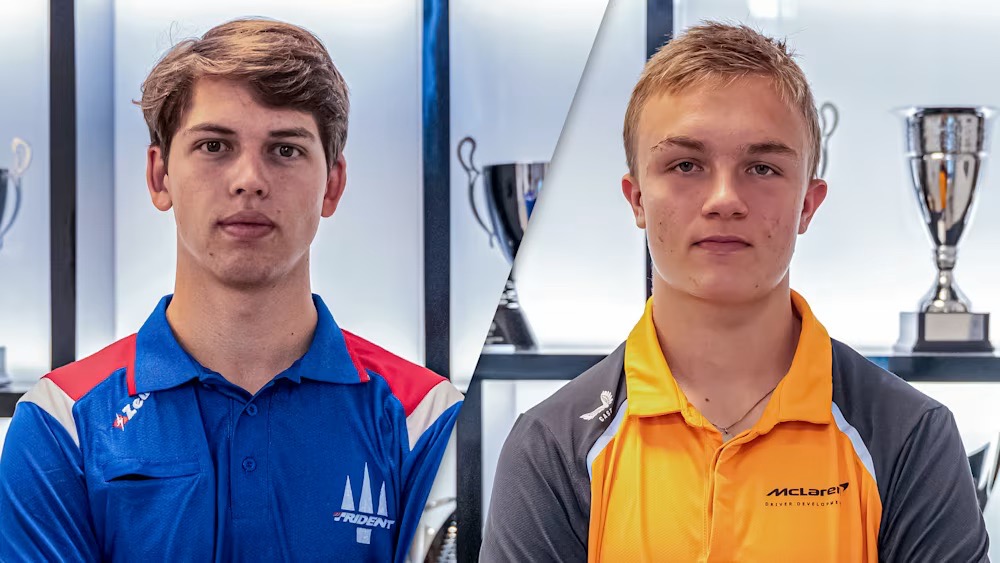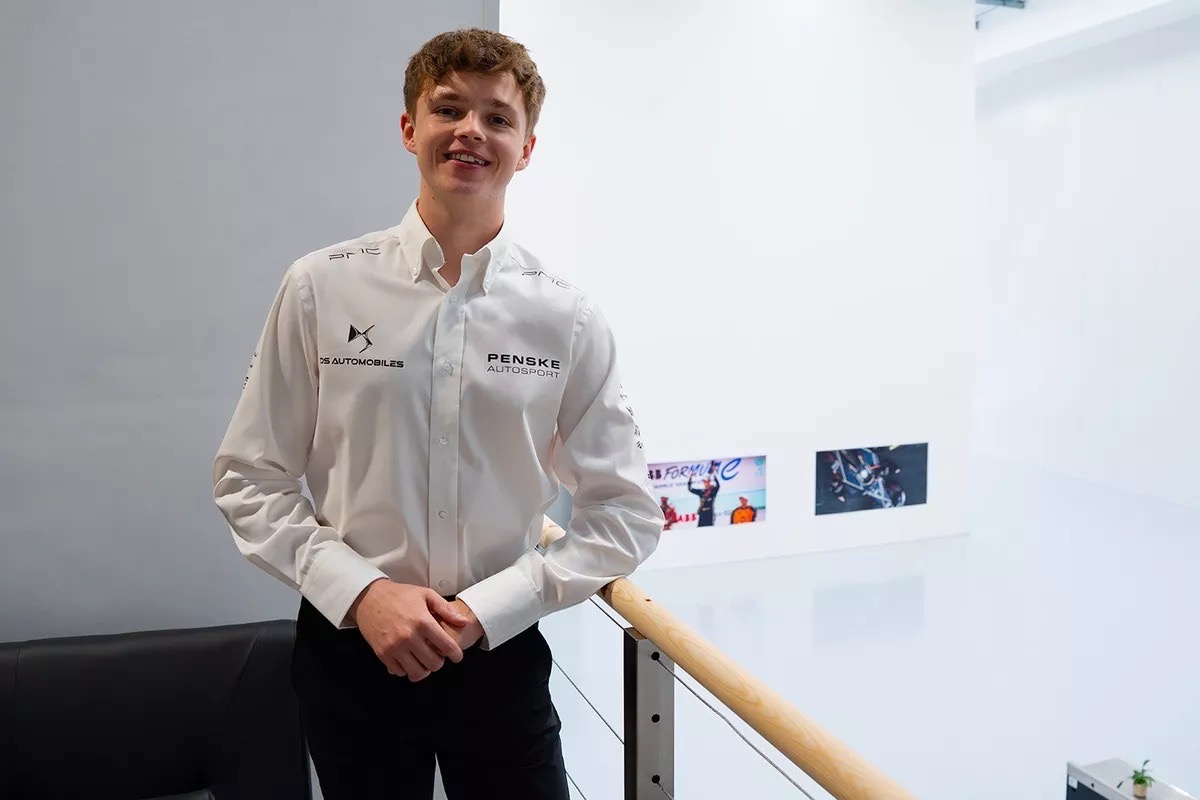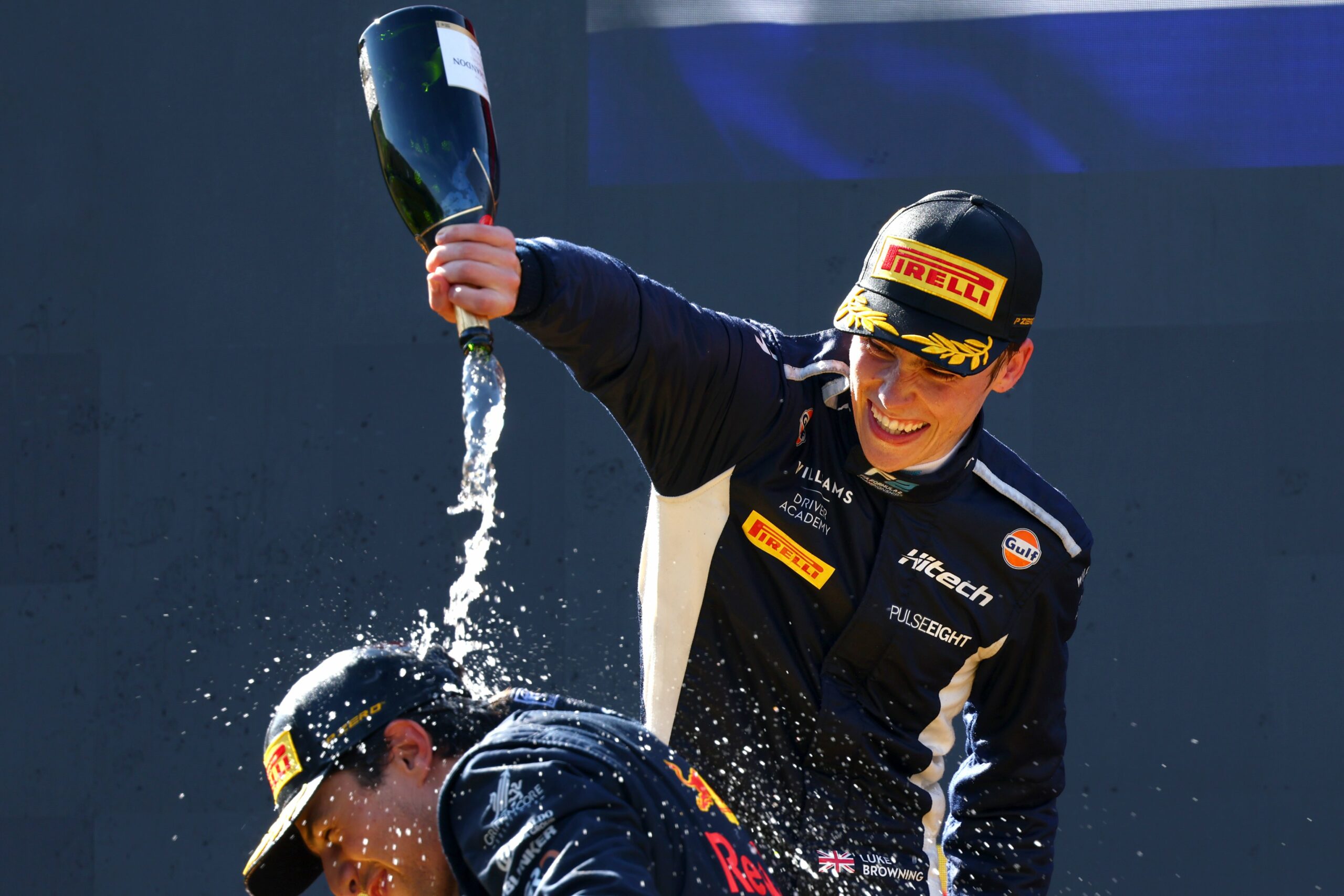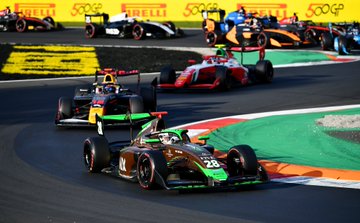
Picture Credits Williams Racing
James Vowles, Team Principal of Williams spoke at the Team Principals’ Press Conference ahead of last weekend’s Canadian Grand Prix at Circuit Gilles Villeneuve. Vowles commented on the infrastructure (or rather lack of) in place at Williams Racing and how the current cost cap regulations mean it will be quite some time before his team can catch up to the benchmark being set by most teams on the current F1 grid.
Williams’ team boss James Vowles has previously explained in the media that progress in terms of infrastructure can’t be hurried, due to constraints in the F1 budget cap. The cost cap was introduced with the aim of levelling the playing field. Unfortunately, some teams had a starting point prior to the cost cap being implemented which was vastly ahead of others. Having been in the Mercedes-AMG Petronas Formula One Team ranks, Vowles knows exactly what Williams Racing are up against.
In Montreal, host Tom Clarkson reminded James Vowles that he had been quoted in recent weeks as saying that the infrastructure of Williams (at Grove in particular) is 20 years out of date. Therefore, what are the issues and is it a question of a lack of money or a lack of opportunity to be able to spend money?
“So, 20 years of underinvestment is why we are where we are today. But I’m in a fortunate position that my predecessors weren’t – where we have investment, significant investment, behind us. In fact, there is a strong desire to have Williams return back to a competitive position. But to do that requires investment. So the money’s available and ready.” said Vowles.
This will be welcome news to fans of Williams. A team which has collected nine constructors’ championships and seven drivers’ titles since the team’s first entry into the pinnacle of motorsport back in 1977. However, before the figurative champagne corks start popping, Vowles also explained the barrier to getting back on track.
“The cost cap itself is split into two things. There’s an operational cost cap, which is about 145 million US, which everyone knows and talks about, probably, the most frequently. Perhaps more hidden than that, there is a CapEx, a capital expenditure version of the cost cap. That’s round about, it’s a bit complicated, but 36 million spread across four years. But if you like, every year you can spend six or seven of that, if you just do it fairly equally. That’s good in as much as it’s restricted down spending. But in many regards, where we are today, that money is disappearing on what I think is basic infrastructure.
“So, if I take an example of things that were in Williams, and this is being very transparent about it, when a designer releases a part, it sort of goes into a black hole. And then there’s emails going backwards and forwards between production to try and find out where their part is, how it’s being upgraded, how big it is, how long it will take. Normally, that would go into a digital system that can be tracked, so you understand actually, what does the car get made up of. And bear in mind, there are 17,000 components and by the time you have designers doing this 17,000 times, you get lost. So you have inefficiencies. That software to fix that isn’t, unfortunately, 100 pounds, but that’s millions, and even up to 10s of millions if you get it right.” explained Vowles.
As a result of this, the CapEx expenditure at Williams has been spent on trying to get some infrastructure in place, so that they at least know how long it takes to design space. An infrastructure that requires hundreds of millions of dollars to stand any chance of catching up with their rivals.
“What we’re looking for at the moment is the ability to have sporting equity, the ability to have infrastructure that matches our peers, such that we’re not fighting with one hand behind our back, but fighting in the same way as other people are.”
To have any chance of achieving this, Williams Racing would most likely need to see an increase in the CapEx expenditure as Vowles called the numbers needed ‘scarily large’. However, to achieve that, other F1 teams will have to agree with any such proposal. For now, at least, it seems that James Vowles has some support – and certainly sympathy – from his opposite number at McLaren, Andrea Stella.

Picture Credits FIA
Stella stated in the same press conference: “We understand where James is coming from, because McLaren is a team that has operated without infrastructure, or infrastructure at the same level as some top teams, for a long time.” To combat this, McLaren invested, largely to be able to have a new wind tunnel and simulator. However, Stella admitted that “these infrastructures haven’t seen the light yet, but we are in the final sprint.”
Unsurprisingly, following this revelation, Stella stated that he would ‘welcome a conversation’ about relaxing some of these CapEx limits ‘because we would like to further invest’. Also in the panel of team principals was Otmar Szafnauer from Alpine and he said, “We support James, in what he said.”
Szafnauer also stated later: “I think it’s only fair that we level the playing field on infrastructure, and the tools that you fundamentally need to go Formula 1 racing. And that’s what we’re talking about here. So, I think we’ve done it, or I know we’ve done it once already for wind tunnels. So, for example, Aston didn’t have a state-of-the-art tunnel and we gave them dispensation, gave everyone dispensation on wind tunnels. And I think we need to do the rest on fundamental infrastructure that’s required to go Formula 1 racing, just to level the playing field.”
This is a clearly a discussion which has some way to go. However, even though James Vowles may be lacking infrastructure within his team, he is certainly not lacking team spirit.
“There’s definitely a sentiment now, I’ve described it as you can see people’s heads are held high, the shoulders are up, and they can see a direction of travel for how we’re going to pull ourselves out of this, which is not the same as going round in a circle.” stated Vowles.
These comments of course came in the days before Alex Albon’s superb P7 finishing position in Canada. A result which certainly shows the path Williams Racing are on. Six huge points in Montreal mean that Williams Racing are now a single point behind Haas F1 Team and only 2 behind Alfa Romeo who sit P7 in this season’s F1 Constructors’ Championship. Vowles has a long-term vision in mind and no doubt a long-term future at Williams. Should his team finish higher up the table than last season’s P10 – he will also have many more millions of prize money headed his way. One thing is certain, every dollar will be spent wisely as Williams Racing seek to find their way back to the top.





